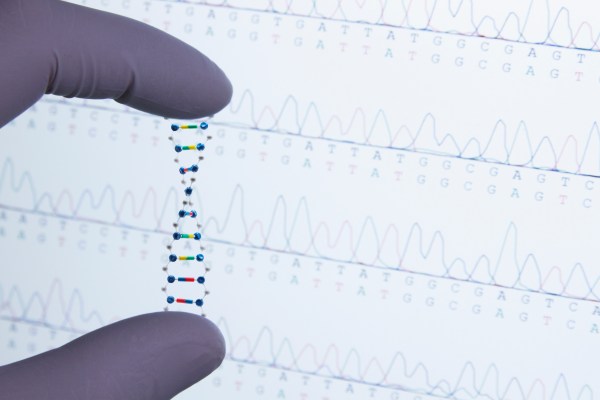
Which disease results in the highest total economic burden per annum? If you guessed diabetes, cancer, heart disease or even obesity, you guessed wrong. Reaching a mammoth financial burden of $966 billion in 2019, the cost of rare diseases far outpaced diabetes ($327 billion), cancer ($174 billion), heart disease ($214 billion) and other chronic diseases.
Cognitive intelligence, or cognitive computing solutions, blend artificial intelligence technologies like neural networks, machine learning, and natural language processing, and are able to mimic human intelligence.
It’s not surprising that rare diseases didn’t come to mind. By definition, a rare disease affects fewer than 200,000 people. However, collectively, there are thousands of rare diseases and those affect around 400 million people worldwide. About half of rare disease patients are children, and the typical patient, young or old, weather a diagnostic odyssey lasting five years or more during which they undergo countless tests and see numerous specialists before ultimately receiving a diagnosis.
No longer a moonshot challenge
Shortening that diagnostic odyssey and reducing the associated costs was, until recently, a moonshot challenge, but is now within reach. About 80% of rare diseases are genetic, and technology and AI advances are combining to make genetic testing widely accessible.
Whole-genome sequencing, an advanced genetic test that allows us to examine the entire human DNA, now costs under $1,000, and market leader Illumina is targeting a $100 genome in the near future.
The remaining challenge is interpreting that data in the context of human health, which is not a trivial challenge. The typical human contains 5 million unique genetic variants and of those we need to identify a single disease-causing variant. Recent advances in cognitive AI allow us to interrogate a person’s whole genome sequence and identify disease-causing mechanisms automatically, augmenting human capacity.
A shift from narrow to cognitive AI
The path to a broadly usable AI solution required a paradigm shift from narrow to broader machine learning models. Scientists interpreting genomic data review thousands of data points, collected from different sources, in different formats.
An analysis of a human genome can take as long as eight hours, and there are only a few thousand qualified scientists worldwide. When we reach the $100 genome, analysts are expecting 50 million-60 million people will have their DNA sequenced every year. How will we analyze the data generated in the context of their health? That’s where cognitive intelligence comes in.



